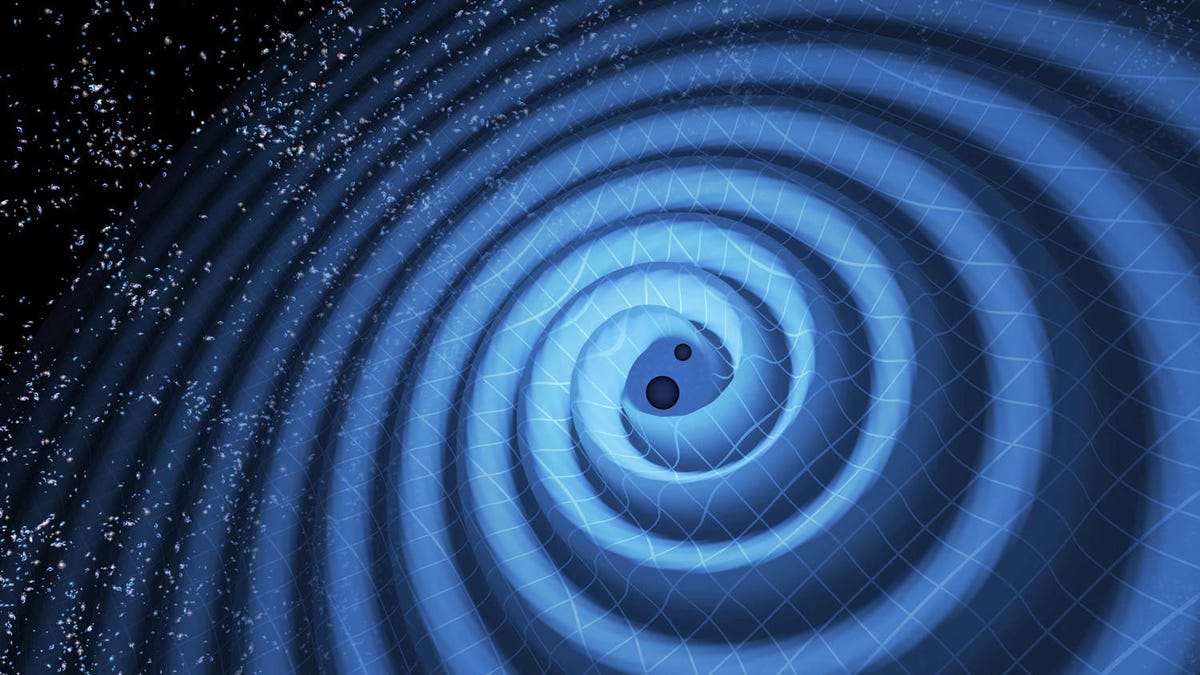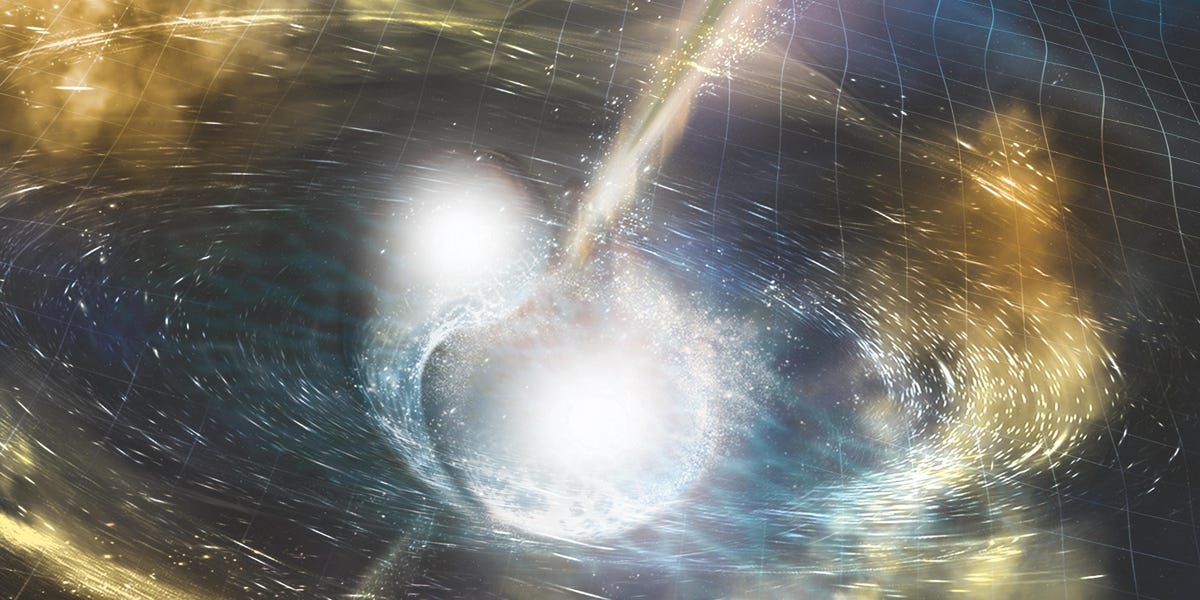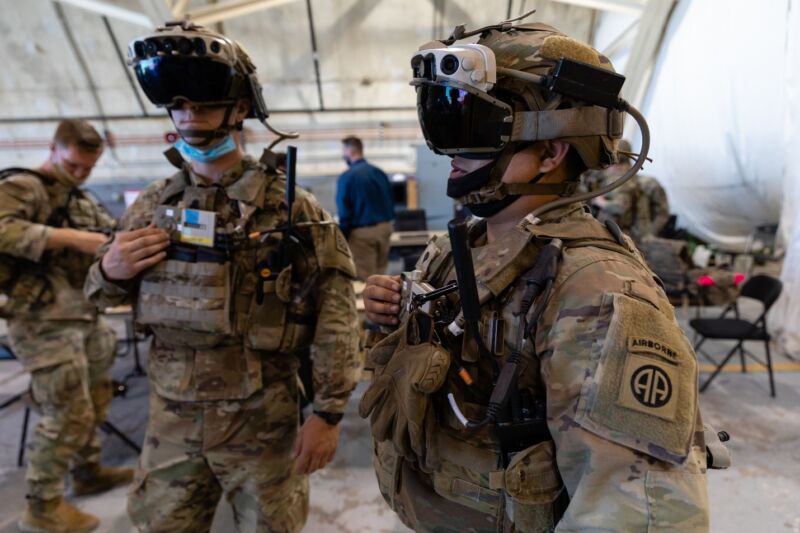WAIT, WHAT? NOT ON BLUE ORIGIN?!
Amazon's Project Kuiper will now launch with ULA rockets
United Launch Alliance launches its Atlas V rocket to boost two satellites for SES of Luxembourg from Complex 41 at the Cape Canaveral Space Force Station, Florida on Tuesday, October 4, 2022. The Atlas V is scheduled to launch some of Project Kuiper's satellites alongside the next generation of United Launch Alliance's rocket, the Vulcan Centaur.
Photo by Joe Marino/UPI | License Photo
Oct. 13 (UPI) -- Amazon announced on Wednesday that Project Kuiper will launch prototype satellites on the first flight of United Launch Alliance's (ULA) new Vulcan Centaur rocket in 2023.
The goal of Project Kuiper is to launch a series of 3,236 satellites into low earth orbit to provide broadband access to areas of the globe that lack high-speed internet.
"We couldn't be more excited to join the first launch of ULA's Vulcan Centaur. We've already secured 38 Kuiper launches on Vulcan, using the same launch vehicle for our prototype mission gives us a chance to practice payload integration, processing, and mission management procedures ahead of those full-scale commercial launches," said vice president of technology for Project Kuiper Rajeev Badyal.
The satellites were previously scheduled to be launched on ABL Space System's RS1 rockets in 2022, but the change of platform has delayed the launch to 2023. Despite the switch, some of Project Kuiper's satellites will still be launched on ABL's rockets.
The first production satellites for Project Kuiper will launch on ULA's current generation Atlas V rockets, as well as rockets from Amazon founder Jeff Bezos' Blue Origin and France's Arianespace.
The Project Kuiper satellites are scheduled to be launched along with the Peregrine Lunar Lander an Astrobotic-designed NASA spacecraft designed to deliver payloads to the surface of the moon.
"Our prototype satellites will be ready this year, and we look forward to flying with ULA," said Badyal.
Oct. 13 (UPI) -- Amazon announced on Wednesday that Project Kuiper will launch prototype satellites on the first flight of United Launch Alliance's (ULA) new Vulcan Centaur rocket in 2023.
The goal of Project Kuiper is to launch a series of 3,236 satellites into low earth orbit to provide broadband access to areas of the globe that lack high-speed internet.
"We couldn't be more excited to join the first launch of ULA's Vulcan Centaur. We've already secured 38 Kuiper launches on Vulcan, using the same launch vehicle for our prototype mission gives us a chance to practice payload integration, processing, and mission management procedures ahead of those full-scale commercial launches," said vice president of technology for Project Kuiper Rajeev Badyal.
The satellites were previously scheduled to be launched on ABL Space System's RS1 rockets in 2022, but the change of platform has delayed the launch to 2023. Despite the switch, some of Project Kuiper's satellites will still be launched on ABL's rockets.
The first production satellites for Project Kuiper will launch on ULA's current generation Atlas V rockets, as well as rockets from Amazon founder Jeff Bezos' Blue Origin and France's Arianespace.
The Project Kuiper satellites are scheduled to be launched along with the Peregrine Lunar Lander an Astrobotic-designed NASA spacecraft designed to deliver payloads to the surface of the moon.
"Our prototype satellites will be ready this year, and we look forward to flying with ULA," said Badyal.

Pittsburgh-based Astrobotic Technology plans to send the Peregrine lander, a model of which is shown in a laboratory here, into space along with satellites from Amazon's Project Kuiper.
Photo courtesy of NASA










